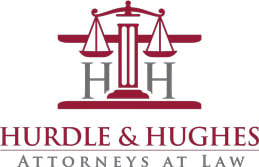Visiting theme parks often brings joy to the hearts of patrons of all ages. The excitement and fun may quickly cease, however, when accidents occur. Such accidents may happen due to a range of factors, including property owner negligence. For instance, a theme park-goer may slip on a puddle caused by a continuously leaky water ride, suffering a broken bone, spinal cord injury or head trauma.
While most people view large theme parks as inherently safe, a risk exists of patrons suffering serious injuries.
Understanding the risk of theme park accidents
According to an Orlando Sentinel article, 47 reportable accident injury incidents occurred in 2019 at Walt Disney World Resort in Florida, LEGOLAND Florida Resort, Universal Studios, and SeaWorld Parks & Entertainment, Inc. However, such theme parks need only report incidents requiring hospitalization for a minimum of 24-hours. Large-scale theme parks must only issue reports on ride-related illnesses and accidents every quarter.
One study found that theme park-goers face a one in 18 million risk of suffering injuries while visiting such amusement places. Due to the reporting requirements, though, many more may suffer injuries than theme parks indicate. Some injuries, although serious, may not meet the reporting requirements. In other cases, theme parks may downplay the severity of injuries in their required reports, listing them in more generalized terms that do not specify their full extent.
Taking legal action for theme park injuries
According to Florida premises liability law, people may seek to hold property owners responsible for theme park injuries that occur due to unsafe conditions. To this end, they must show that the park’s owners knew or should have known about the hazard, and thus, should have moved to remedy it for the safety of their patrons. A comparative law state, the property owner may argue that injury victims bear some responsibility for their injuries. While they may still recover damages, the jury may reduce their compensation by a percentage proportionate to their determined contributory fault.

